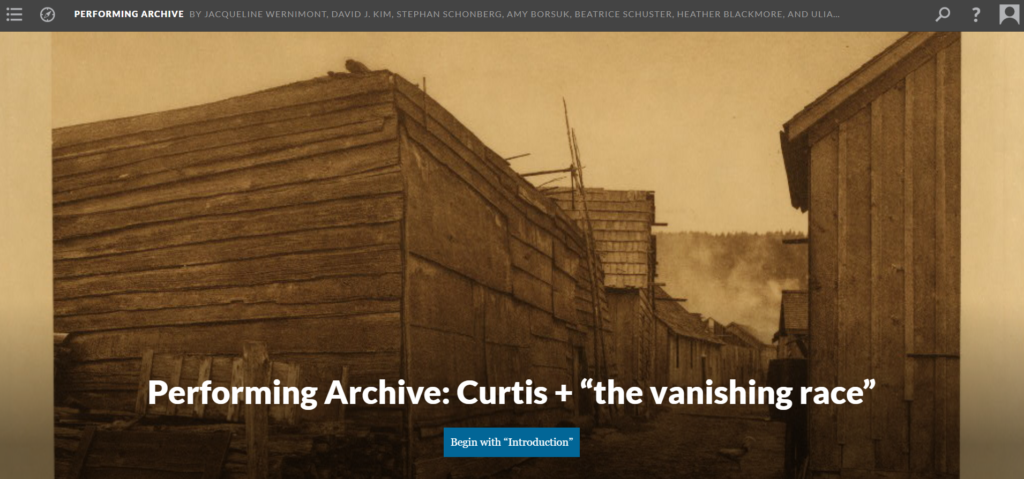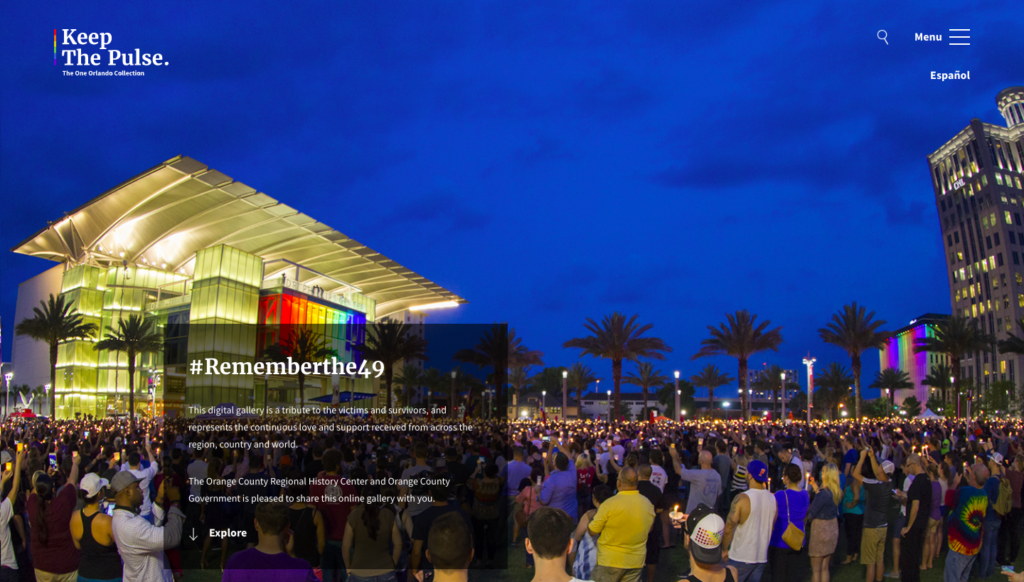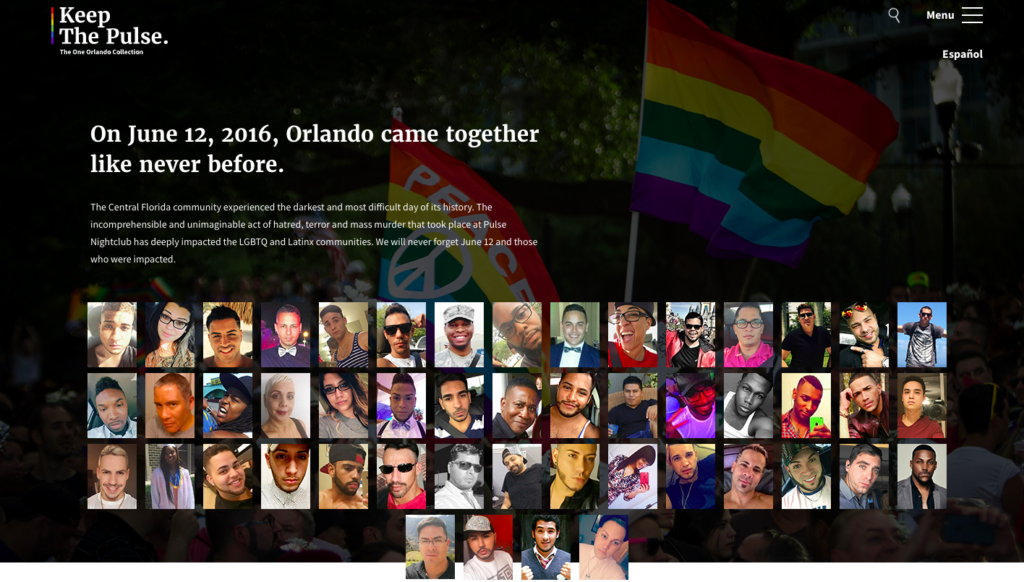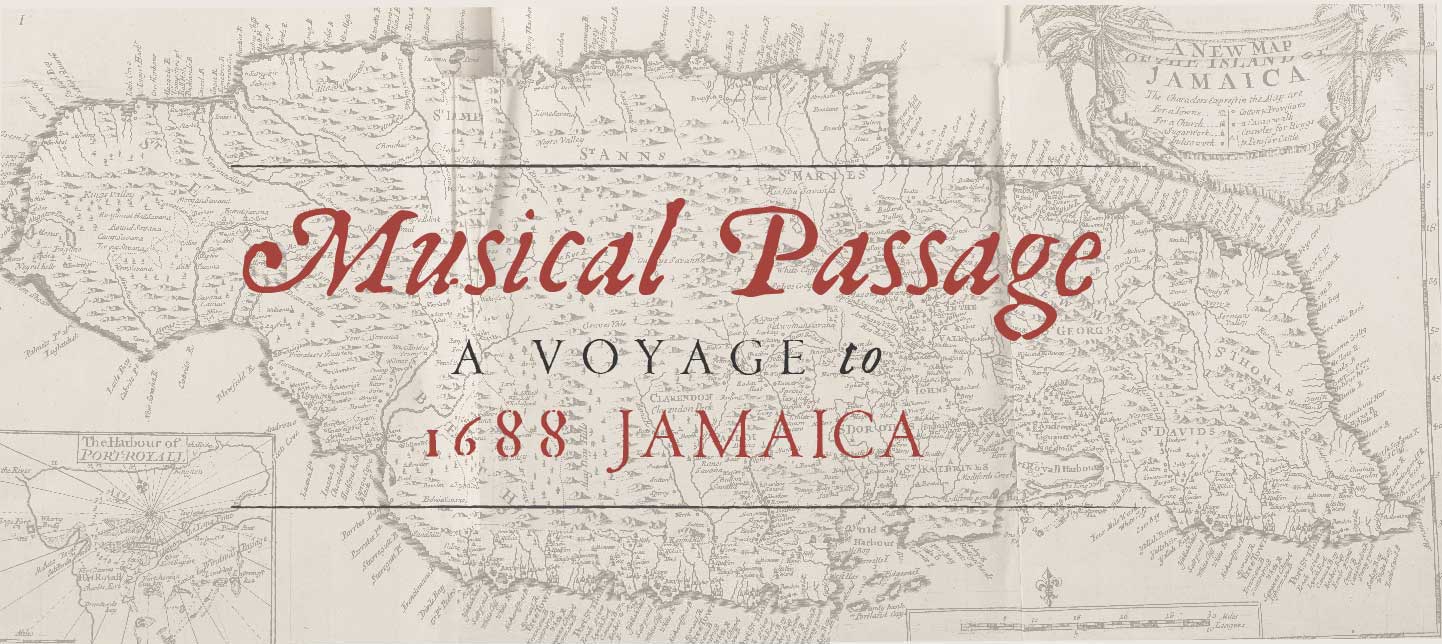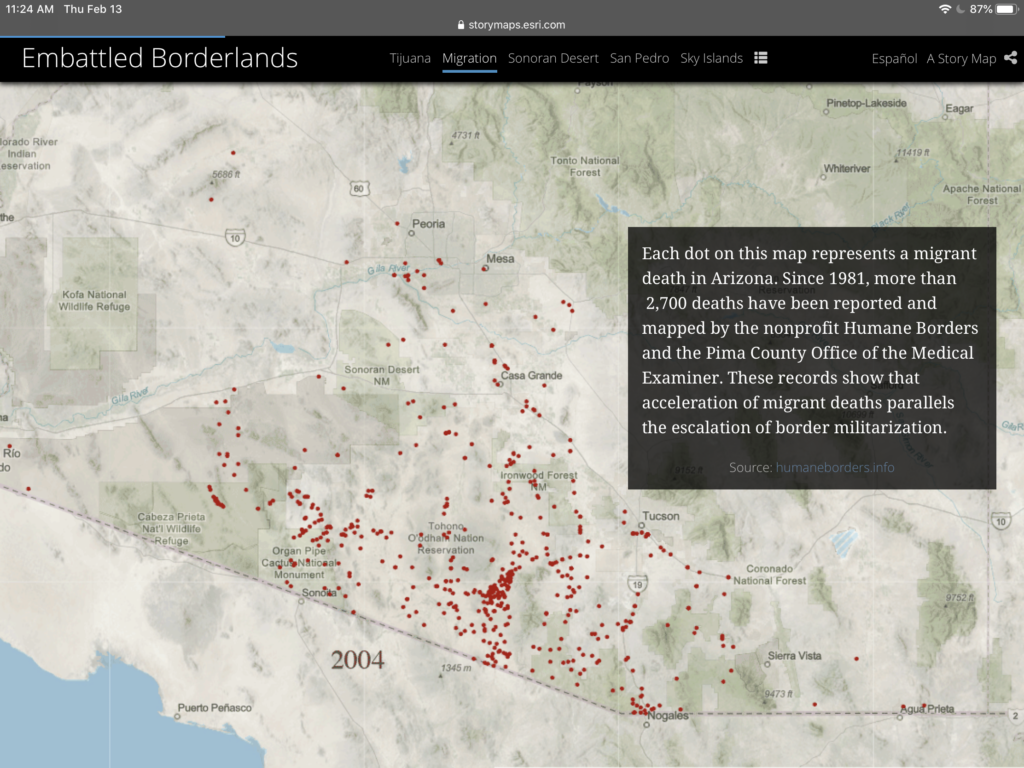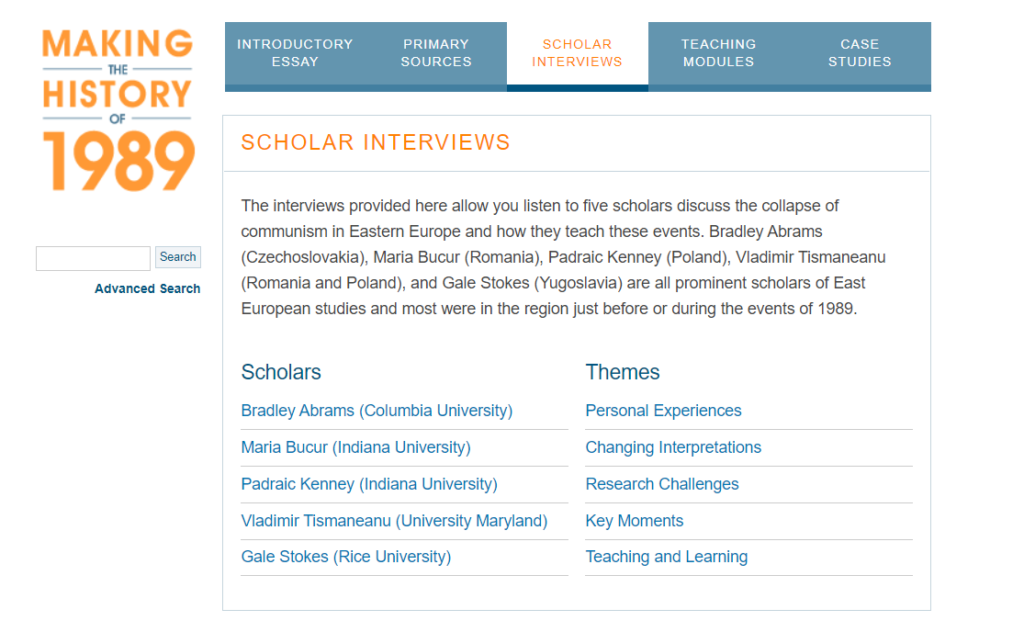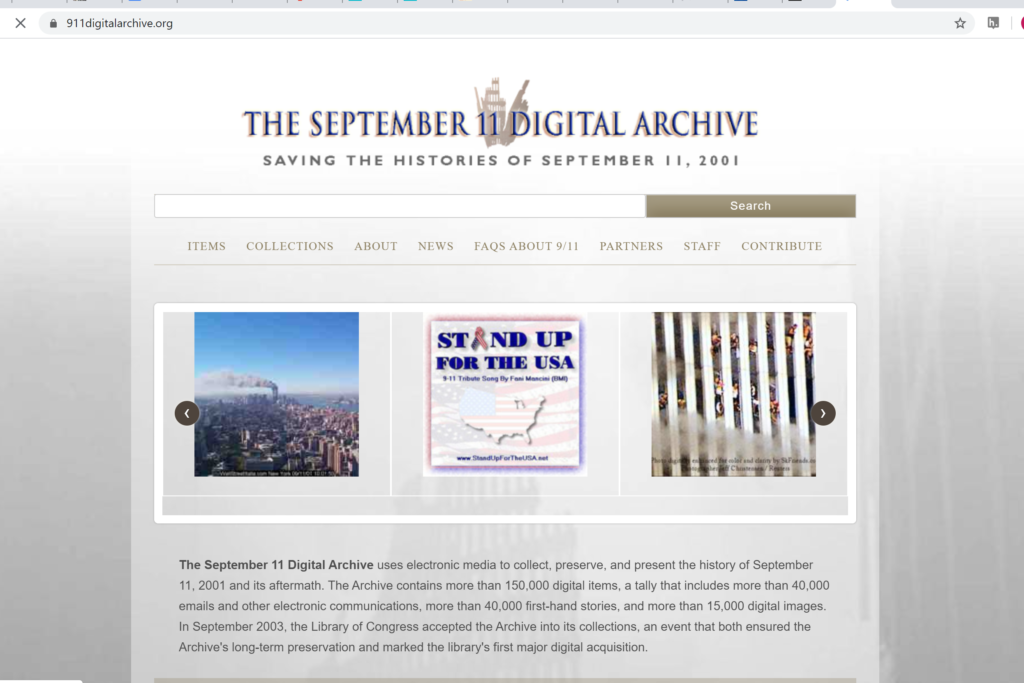Navigating the Green Book. http://publicdomain.nypl.org/greenbook-map/index.html. Created and maintained by NYPL Labs. Reviewed February 17, 2020

Navigating the Green Book is an interactive project by NYPL labs that targets Americans-especially those interested in African American history. The goal of the site is to invite people to learn and experience in a small way a part of African American history through the use of Green Books. Green Books were travel guides directing African American travelers to safe locations to rest, obtain gas, shop and eat as they traversed the dangerous American roads between 1936 and 1966. The site wants the viewers to engage the data they are sharing and place yourself in the shoes of a black traveler in the 1930s or 1950s. They want you to think of all that places you can go and all the places that are inaccessible based on the color of your skin. The site also encourages you plan a virtual trip with the Green Book as your guide.
Navigating the Green Book has a simple interface. The home screen describes what the project is and what their goals are. There are two tabs you can press from this main screen. Clicking the “View the Map” tab will show the entire data-set of places NYPL has scanned from the pages of Green Books. The other tab invites guests to “Map a Trip.” When using this feature, guests choose a starting point and destination. Then a GPS-like map appears and you can see what roads you need to take and what places are available to you along your trip. It is a well-done feature that shows you what sections of America a black person might want to avoid. The map has an interactive icon indicating if a place is a bar, hotel or restaurant. It’s fascinating to note that some places of rest are not actually hotels but people who opened their homes to travelers. Clicking on the links provides additional information about the place and links you to the actual Green Book that a particular listing was scanned from. You can also decide what year you are traveling in and based on that, the site will have different available places to stop along your virtual trip.
If you do not want to plan a trip you are encouraged to click the “View the Map” tab. This takes you to a map of the United States and shows 796 locations that NYPL has currently uploaded. This feature highlights the locations of interest through a cluster of points spread over a given area or you can view the places through a heatmap. This shows a general area where more resources would be available to the African American traveler. This view only shows Green Book data from 1947.
The site notes they are still digitizing Green Books and invites visitors to check out the digitized data from at least 21 Green Books so far. The site uses the simplest of images, but they are effective. The site has the benefit of working from a smart phone. The site could provide more contextualization in explaining the necessity of the Green Book but the site chose to focus on exploring the words alone from the Green Books and I think it is a valuable experience. Navigating the Green Book offers a glimpse into a part of African American history that is not often discussed in classrooms. I would recommend that any one with an interest in history check out the site and see where the Green Book can take you.

